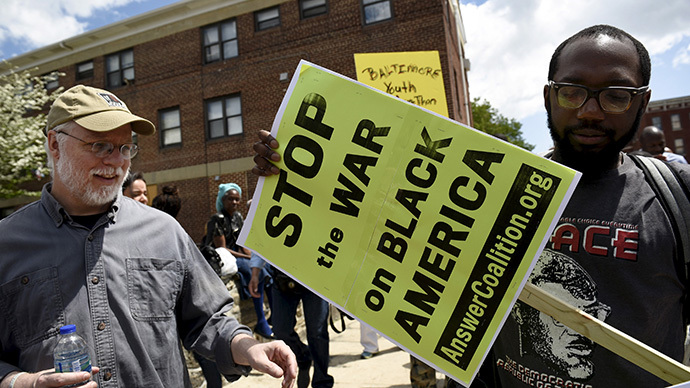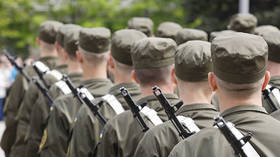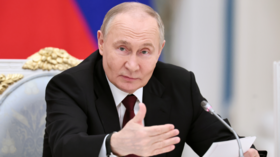Communication breakdown complicated response to Baltimore riots - report

When riots erupted in Baltimore last month moments after the funeral of Freddie Gray concluded, Maryland’s governor almost unilaterally declared a state of emergency after being unable to reach the city’s mayor.
Officials close to Baltimore Mayor Stephanie Rawlings-Blake and
Governor Larry Hogan tell the Washington Post that a breakdown in
communication between the two caused confusion to erupt on the
afternoon of April 27.
By the end of that day, Gov. Hogan had activated the National
Guard and city officials had decided they'd implement a curfew
effective the following evening amid a wave of violence that
eventually shuttered an estimated 200 businesses. Before a plan
could be ironed out, however, Gov. Hogan reportedly prepared to
act alone in lieu of letting delays on the part of the mayor risk
making things worse.
READ MORE: Baltimore uprising: Solidarity protests spread across US LIVE UPDATES
Gray, a 25-year-old black man, died earlier in the month from injuries sustained while in police custody.
Hogan watched the chaos unfold from televisions inside the State House in Annapolis, MD, and called the mayor for an update at around 5 p.m. that afternoon, the Post reported. As matters escalated, though, Rawlings-Blake went an hour-and-a-half without informing Hogan about what her plan was.
In the interim, riots erupted across Baltimore as formerly peaceful demonstrations waged after Gray’s arrest on April 12 and his subsequent death started to turn violent. Police vehicles were set ablaze and property was destroyed during an hours-long rampage. There was no response from the mayor’s office until later in the evening.
Hogan had called an aide of his within the Emergency Operations
Center in Baltimore, Keiffer J. Mitchell, and asked to be put in
touch with the mayor, the paper reported. It took 90 minutes for
Rawlings-Blake to return that call, however, and in the interim
Hogan took it upon himself to draft two executive orders, each
declaring a state of emergency, as he waited.
The aide informed Hogan that he may have to act without first
speaking with the mayor.
“You’re going to have to make the call,” Mitchell said.
The two orders drafted by Hogan, according to the Post, differed
in that one said the mayor was consulted regarding the state of
emergency and the other did not. Rawlings-Blake reportedly called
Hogan at around 6:30 p.m. and the governor signed the declaration
in which she was mentioned moments later.
Hogan's team had been “trying to get in touch with the mayor for
quite some time,” the governor said that evening. “She finally
made that call, and we immediately took action.”
Explaining the course of events to the Post, Rawlings-Blake said
she deliberately took her time to best assess the situation.
“When you have a situation like this,” Rawlings-Blake
said, “whether I talk to people at 3:05 or 7:05, I didn’t
want to give incomplete information or take my attention off the
work that was being done to bring calm and peace to the
city.”
But as the newspaper was quick to note, that inaction was the
subject of the first question Rawlings-Blake faced when she
finally held a press conference at 8 p.m. that evening to address
the unrest.
Asked why she “waited five hours, all day, before your first
announcement about what’s going on inside your city,” the
mayor said her administration had “been managing the
situation.”
Kevin Harris, a spokesperson for Rawlings-Blake, told the Post
that the mayor was “pissed off” by the governor's
remarks about “trying to get in touch” to no avail, and that she
believed it was politicized and a “rookie move.”
Thousands of members of the National Guard descended on Baltimore
as a result of the declaration, where they were joined by law
enforcement officers from across the East Coast in patrolling the
city and seeing that a curfew was honored. Hogan lifted the order
last Wednesday, and two days later the US Department of Justice
announced it was opening a federal probe of the Baltimore Police
Department amid further accusations of excessive force.











